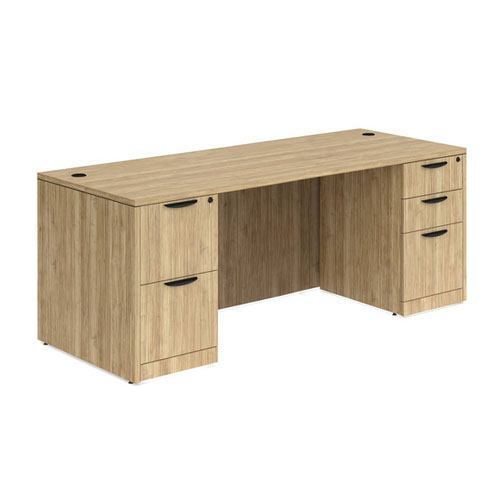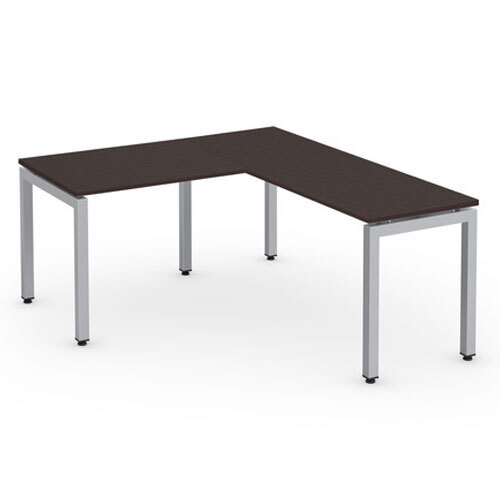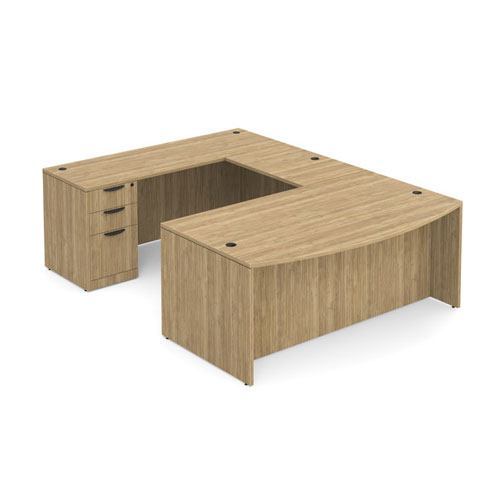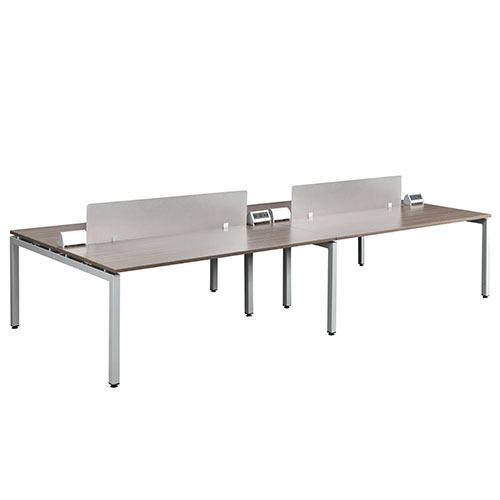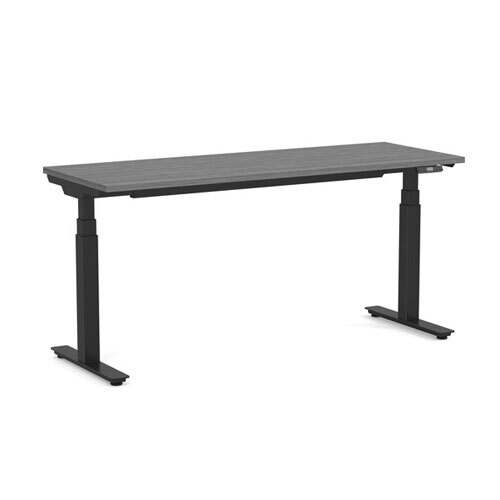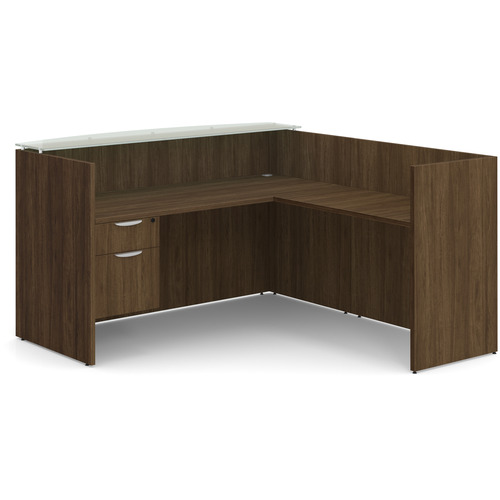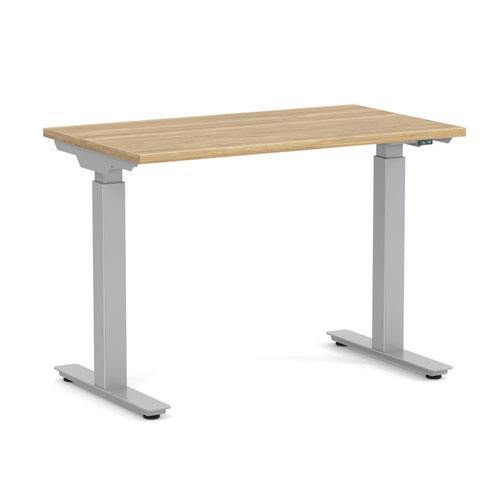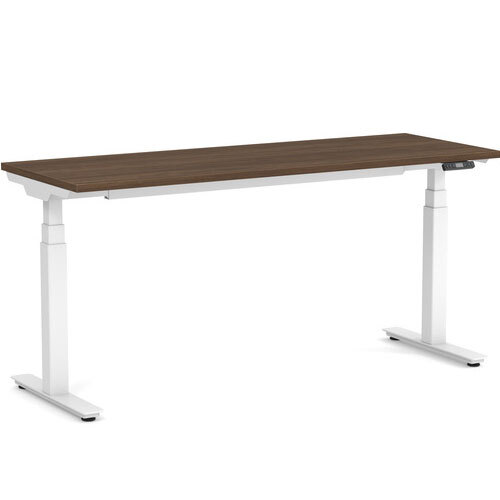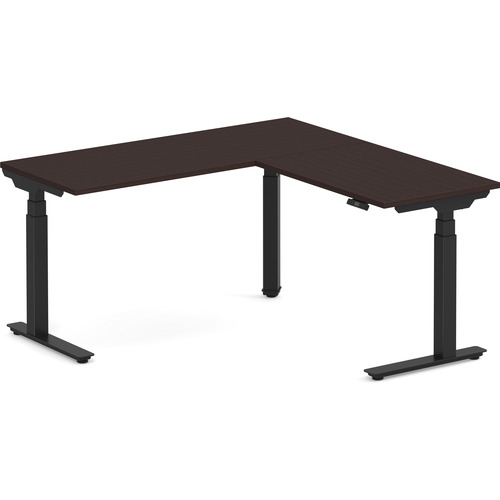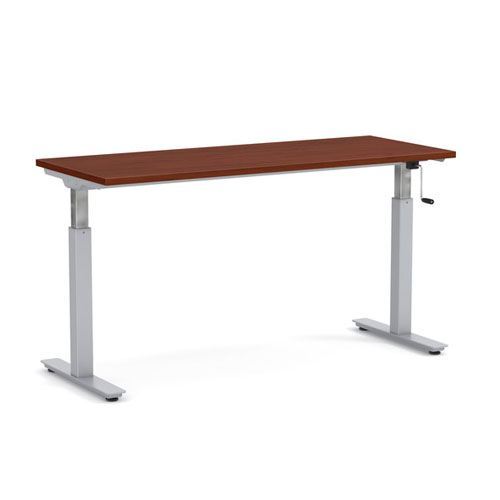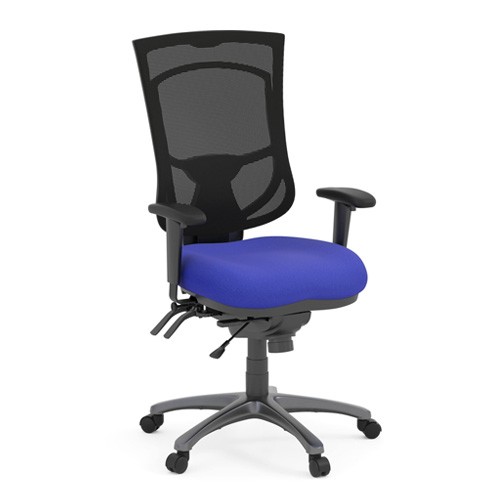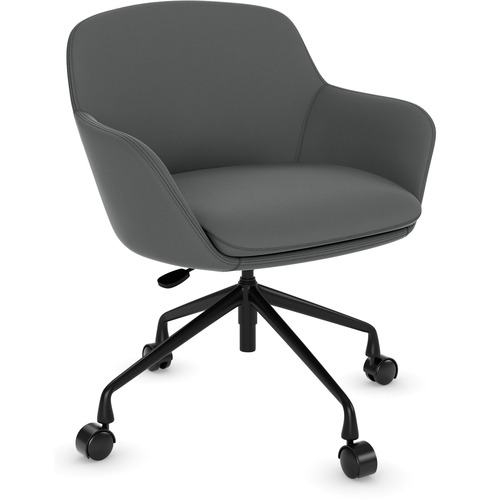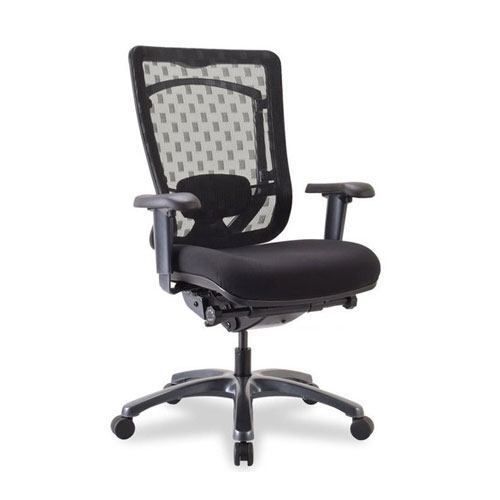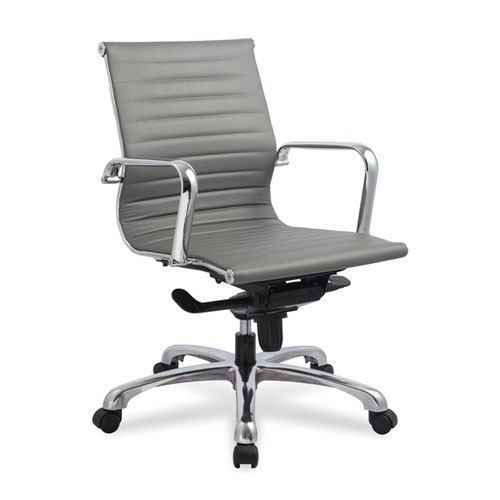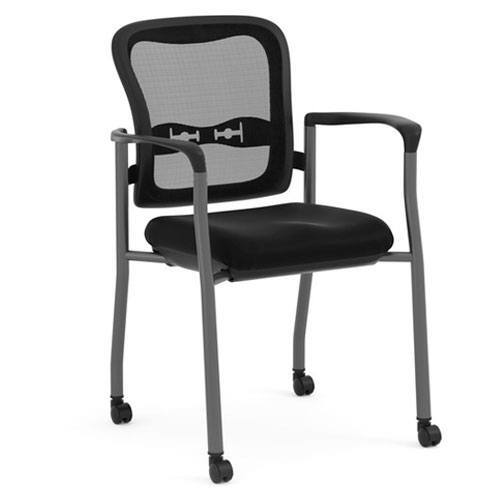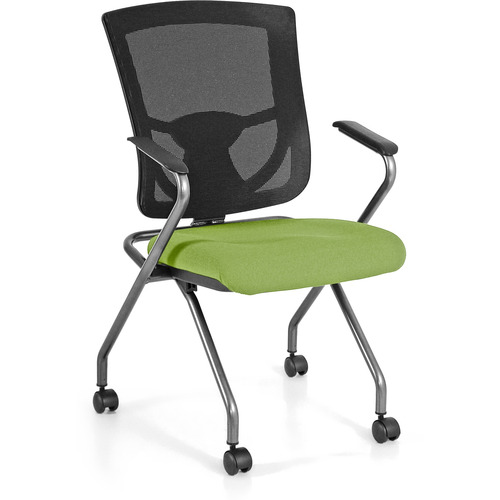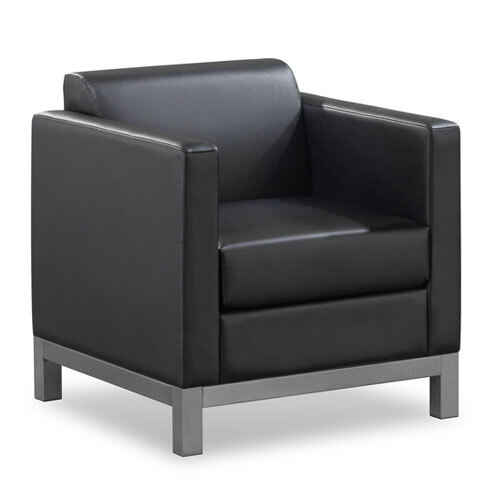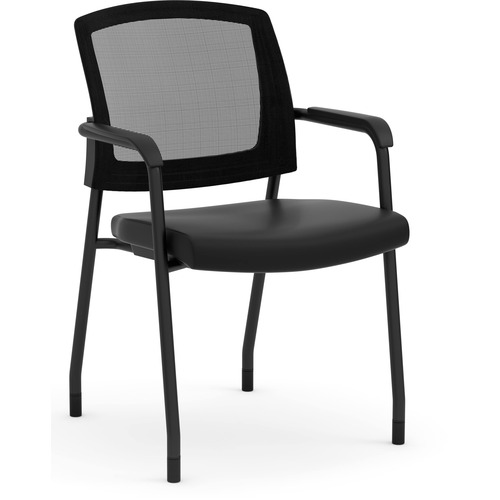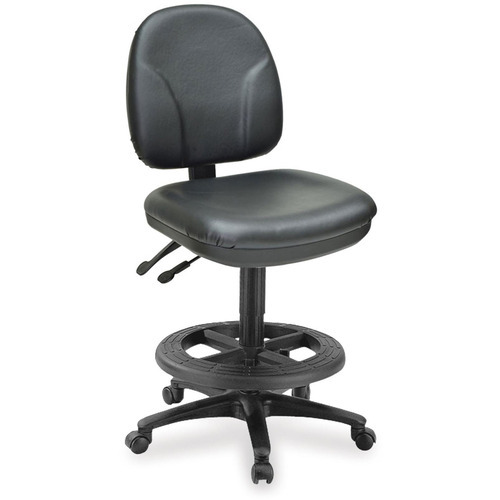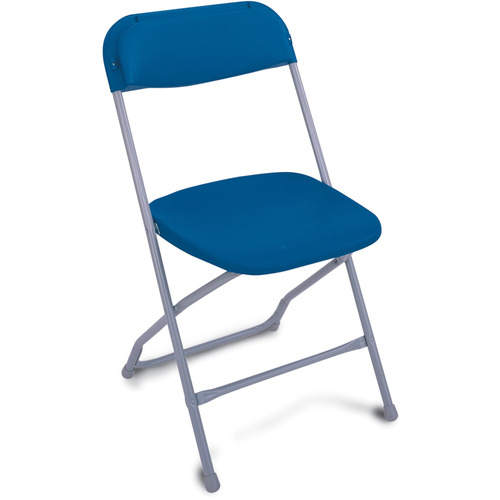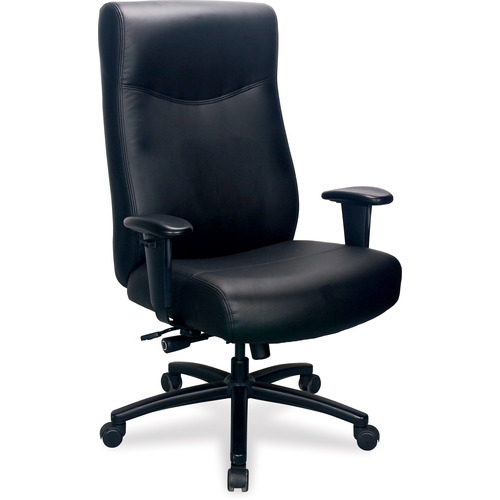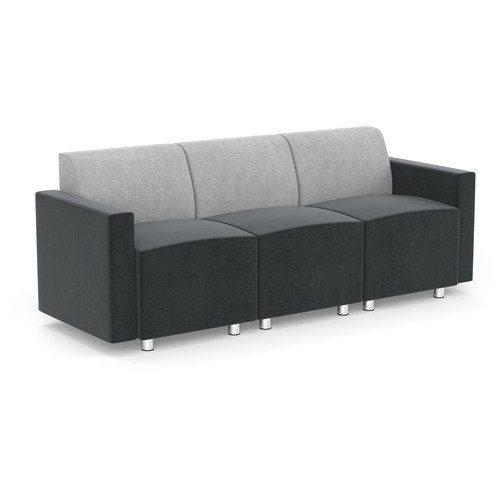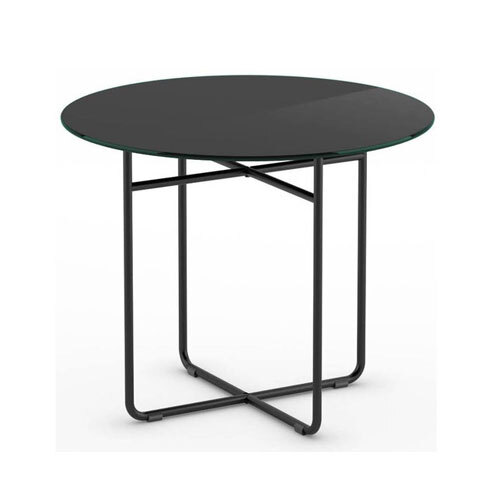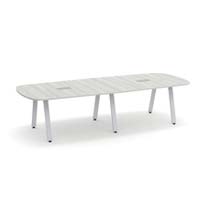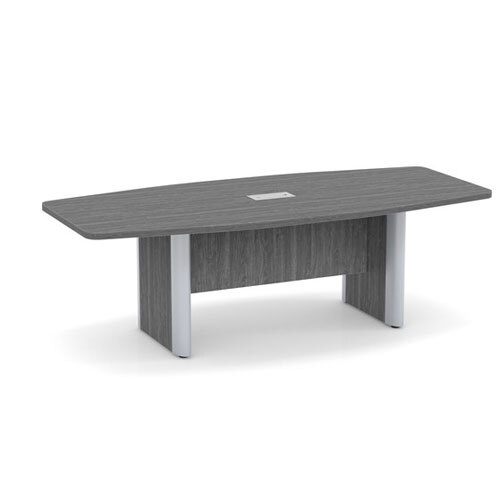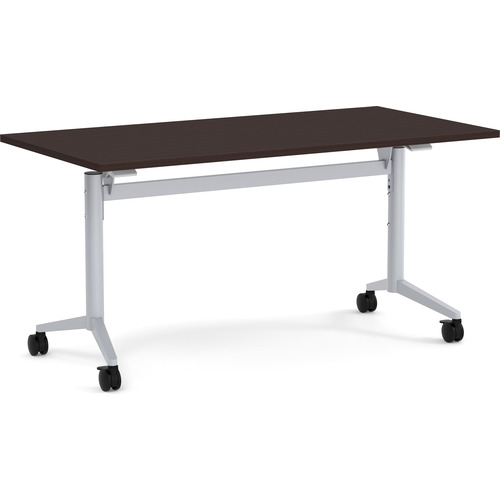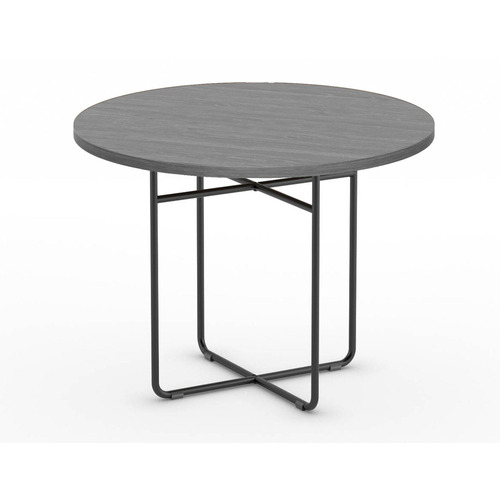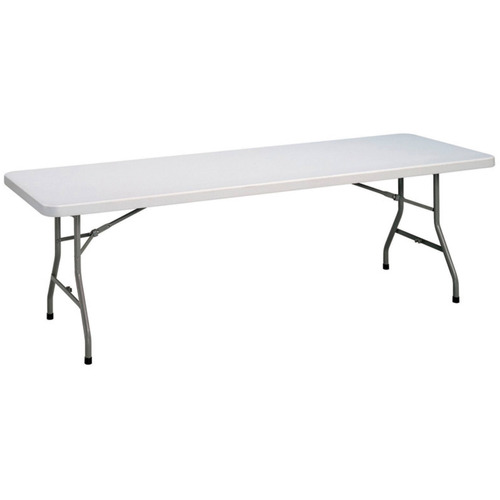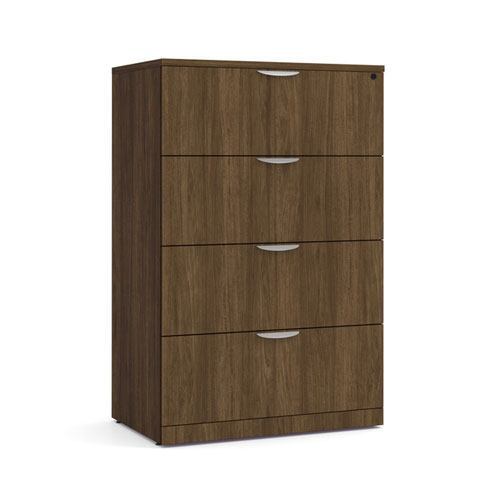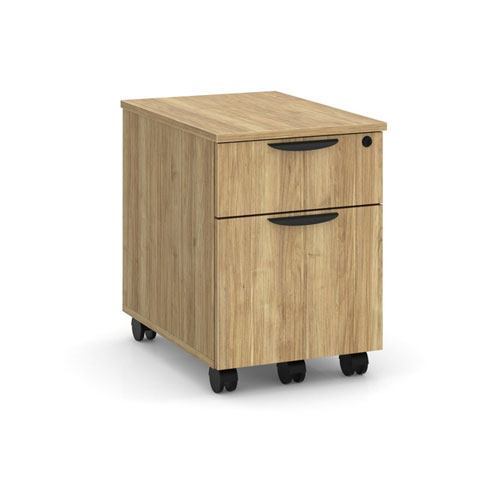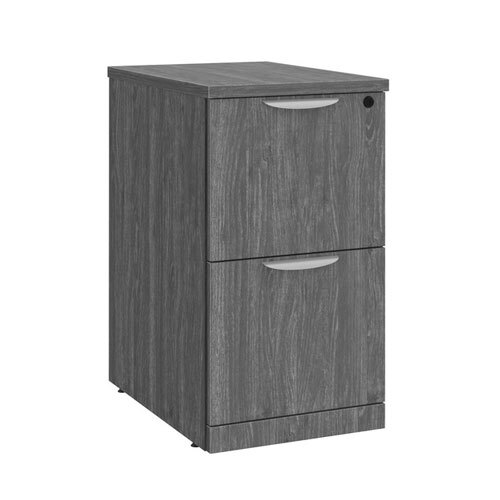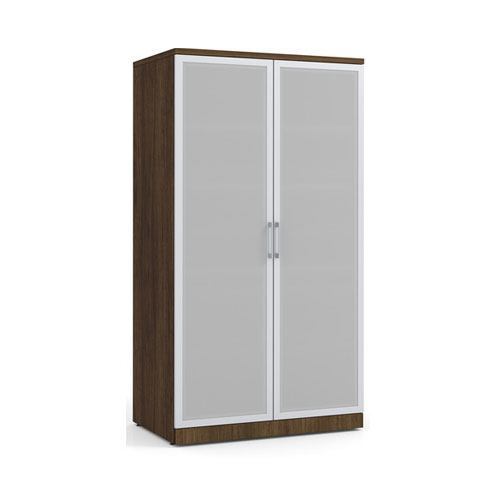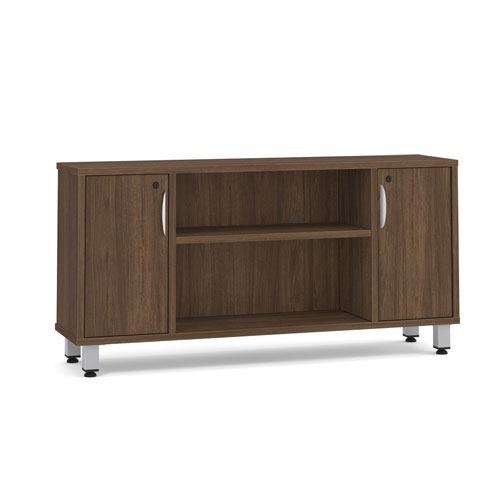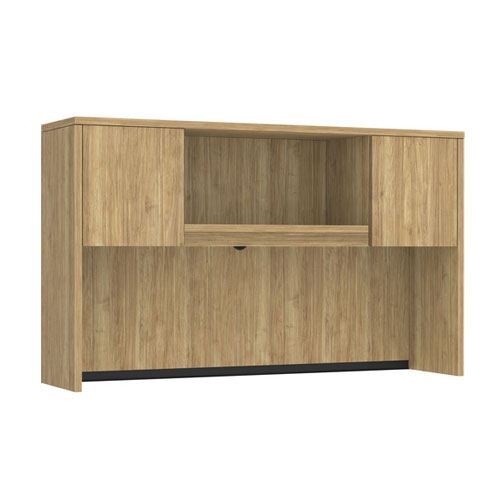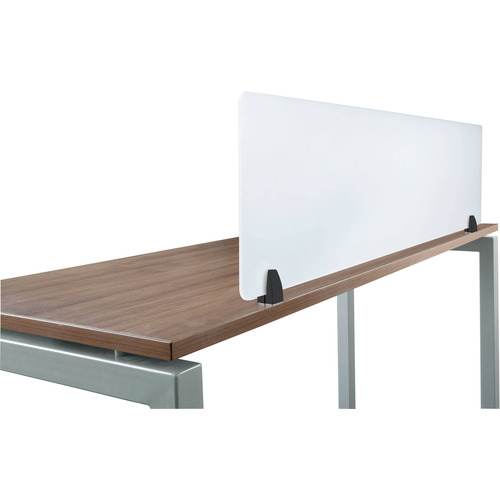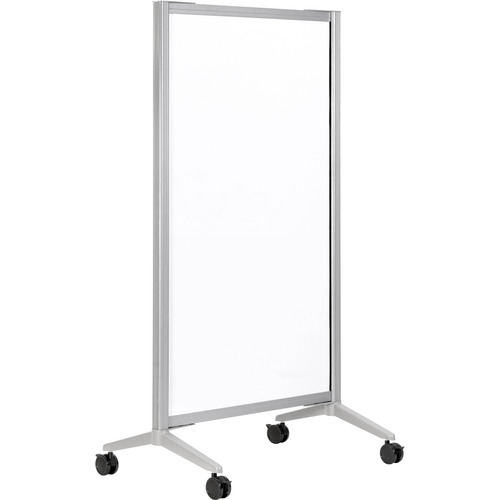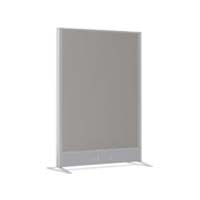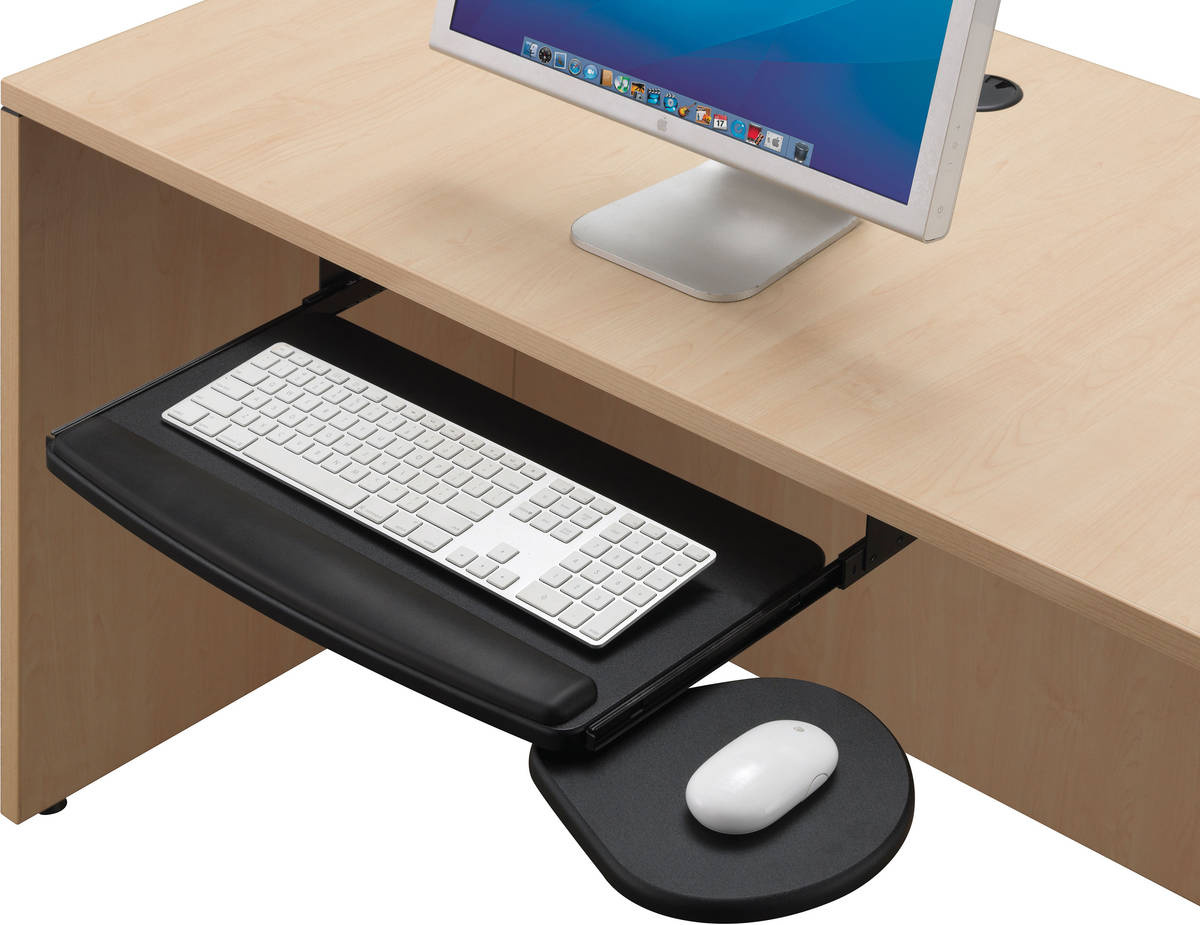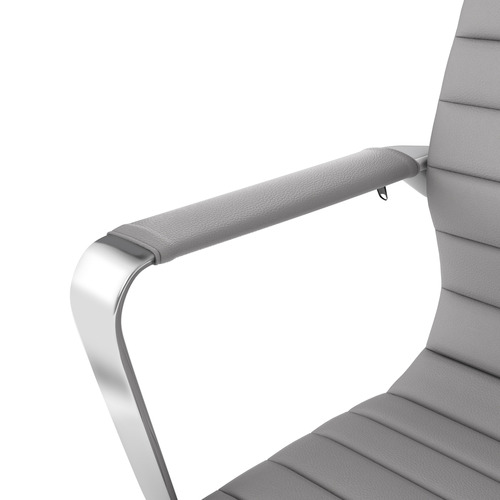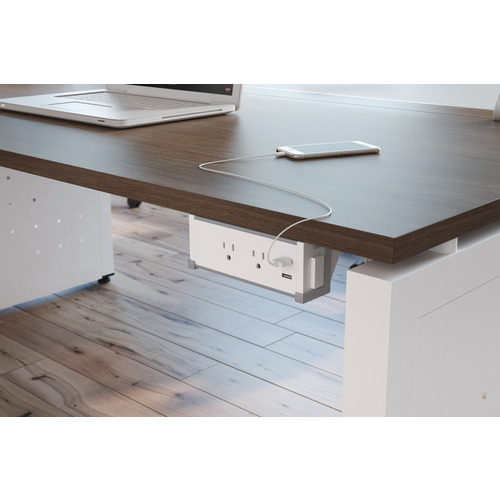Reception Desks
Reception desks play a key role in making a great first impression. They’re often the first thing people see when they walk through the door, setting the tone for your entire workspace. Your reception desk should send a message of professionalism, organization, and warmth—helping visitors feel welcome and confident in your business. The right setup also supports your front desk team and ensures a smooth, efficient experience for everyone who walks in. And of course, it should reflect your brand and style.
Why Choose Source Office Furniture
"At Source, we know that every reception area is a little bit different. Whether it’s the size or shape of the space, the needs of your team, or the industry your business is in, the right reception desk might look different for everyone. From ready-to-go options to custom reception desks, our diverse product range means you can find the perfect fit for your needs. If you can’t find what you need online, our experienced specialists are ready to help you by phone, email, or in person. "
FAQ
What makes a good reception desk?
Where should I put my reception desk?
Are your reception desks durable enough for busy offices?
Do you offer assembly services?
Can I see your reception desk options in person?
Classic Gallery Reception Desk with Box/File Pedestal - Aspen
p/n: CLASD1052NAPNAPN
Classic Gallery Reception Desk with Box/File Pedestal - Espresso
p/n: CLASD1052NESPESP
Classic Gallery Reception Desk with Box/File Pedestal - Modern Walnut
p/n: CLASD1052NMWNMWN
Classic Gallery Reception Desk with Box/File Pedestal - Newport Grey
p/n: CLASD1052NNPGNPG
Classic Gallery Reception Desk with Box/File Pedestal - Silver Birch
p/n: CLASD1052NSLBSLB
Classic Gallery Reception Desk with Reversible Return and Box/File Pedestal - Aspen
p/n: CLALD1051NAPNAPN
Classic Gallery Reception Desk with Reversible Return and Box/File Pedestal - Espresso
p/n: CLALD1051NESPESP
Classic Gallery Reception Desk with Reversible Return and Box/File Pedestal - Modern Walnut
p/n: CLALD1051NMWNMWN
Classic Gallery Reception Desk with Reversible Return and Box/File Pedestal - Newport Grey
p/n: CLALD1051NNPGNPG
Classic Gallery Reception Desk with Reversible Return and Box/File Pedestal - Silver Birch
p/n: CLALD1051NSLBSLB
Classic Reception Desk 30" x 71" with Cascade Reception Ledge and Box/File Pedestal - Aspen
p/n: CLASD1054NAPNAPN
Classic Reception Desk 30" x 71" with Cascade Reception Ledge and Box/File Pedestal - Espresso
p/n: CLASD1054NESPESP
Classic Reception Desk 30" x 71" with Cascade Reception Ledge and Box/File Pedestal - Modern Walnut
p/n: CLASD1054NMWNMWN
Classic Reception Desk 30" x 71" with Cascade Reception Ledge and Box/File Pedestal - Newport Grey
p/n: CLASD1054NNPGNPG
Classic Reception Desk 30" x 71" with Cascade Reception Ledge and Box/File Pedestal - Silver Birch
p/n: CLASD1054NSLBSLB
Classic Desk 30" x 71" with Cascade Reception Ledge and Box/Box/File Pedestal - Aspen
p/n: CLASD1055NAPNAPN
Classic Desk 30" x 71" with Cascade Reception Ledge and Box/Box/File Pedestal - Espresso
p/n: CLASD1055NESPESP
Classic Desk 30" x 71" with Cascade Reception Ledge and Box/Box/File Pedestal - Modern Walnut
p/n: CLASD1055NMWNMWN
Classic Desk 30" x 71" with Cascade Reception Ledge and Box/Box/File Pedestal - Newport Grey
p/n: CLASD1055NNPGNPG
Classic Desk 30" x 71" with Cascade Reception Ledge and Box/Box/File Pedestal - Silver Birch
p/n: CLASD1055NSLBSLB

